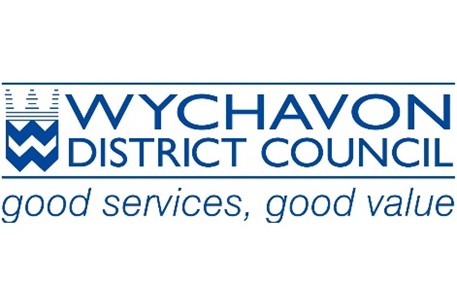What is a strong password?
Passwords are the first line of defence in protecting your information. Information is as valuable as currency, especially business information. Passwords can be tricky to balance between secure, and memorable. Hackers and scammers use several methods in order to obtain company passwords, and the easier the password, the easier to guess. Using family members, pets, or favourite sports teams, leaves you vulnerable to attack.
What makes a password strong?
A strong password consists of upper-case and lower-case letters, numbers, and special characters. Special characters are essential the other characters on a keyboard, such as exclamation marks, question marks, etc. You should aim to use a mixture of each, and aim for a password length of at least 14 characters.
how to make a strong password
Each person should have their own password creation technique, but there are some processes you can follow in order to create passwords you have a change at remembering, and remain very secure. Creating an ‘algorithm’ for how you create passwords is better than using the same word or phrase but slightly differently. You could use anything, such as using song lyrics. This may seem like an easy way to get hacked, but if you create a system using lesser-known songs, they could be almost impossible to decipher. Taking the first letter, or letters, of each word, and alternating cases, numbers, and characters.
Should you change your password often?
The old age wisdom is to set your business passwords to be changed every 90 days. This was believed to be a good way to keep your data secure. Microsoft has recently said they actually think changing your password regularly is worse than keeping the same one, with some caveats. Change your password to something more secure, using special characters and so on, and only change your password if it becomes public. With 2FA, two factor authentication, even if someone guesses your password, you can block access.


